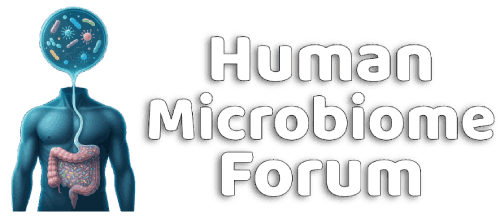Michael Harrop
Well-known member
https://www.politico.eu/article/bas-bloem-parkinsons-pesticides-mptp-glyphosate-paraquat/
In a 2024 paper co-authored with U.S. neurologist Ray Dorsey, Bloem wrote that Parkinson’s is “predominantly an environmental disease” — a condition shaped less by genetics and more by prolonged exposure to toxicants like air pollution, industrial solvents and, above all, pesticides.
“Parkinson’s was a very rare disease until the early 20th century,” Bloem says. “Then with the agricultural revolution, chemical revolution, and the explosion of pesticide use, rates started to climb.”
Europe, to its credit, has acted on some of the science. Paraquat — the herbicide chemically similar to MPTP — was finally banned in 2007, although only after Sweden took the European Commission to court for ignoring the evidence of its neurotoxicity.
But that’s not the case elsewhere.
Paraquat, once the second-most widely sold herbicide in the world [..] In the U.S., Syngenta faces thousands of lawsuits from people who say the chemical gave them Parkinson’s. Similar cases are moving ahead in Canada.
regulatory reviews in the U.S., Australia and Japan that found no evidence of causality
“The chemicals we banned? Those were the obvious ones,” Bloem says. “What we’re using now might be just as dangerous. We simply haven’t been asking the right questions.”
Unlike paraquat, which causes immediate oxidative stress and has been associated with Parkinson’s in both lab and epidemiological studies, glyphosate’s potential harms are more indirect — operating through inflammation, microbiome disruption or mitochondrial dysfunction, all mechanisms known to contribute to the death of dopamine-producing neurons. But this makes them harder to detect in traditional toxicology tests, and easier to dismiss.
The EU’s current pesticide evaluation framework, like that of many other regulatory systems, focuses primarily on acute toxicity — short-term signs of poisoning like seizures, sudden organ damage or death.
But Parkinson’s doesn’t announce itself with dramatic symptoms in the short term. It creeps in as neurons die off, often over decades
Internal company documents released in court suggest Syngenta knew for decades that paraquat could harm the brain
“Asbestos,” he says “Lead in gasoline. Tobacco. Every time, we acted decades after the damage was done.”
“It’s not that we don’t know enough,” he adds. “It’s that the system is not built to listen when the answers are inconvenient.”
Abstract
Parkinson’s disease is the world’s fastest growing brain disorder, and exposure to environmental toxicants is the principal reason. In this paper, we consider alternative, but unsatisfactory, explanations for its rise, including improved diagnostic skills, aging populations, and genetic causes. We then detail three environmental toxicants that are likely among the main causes of Parkinson’s disease— certain pesticides, the solvent trichloroethylene, and air pollution. All three environmental toxicants are ubiquitous, many affect mitochondrial functioning, and all can access humans via various routes, including inhalation and ingestion. We reach the hopeful conclusion that most of Parkinson’s disease is thus preventable and that we can help to create a world where Parkinson’s disease is increasingly rare.
- Format correct?
- Yes
